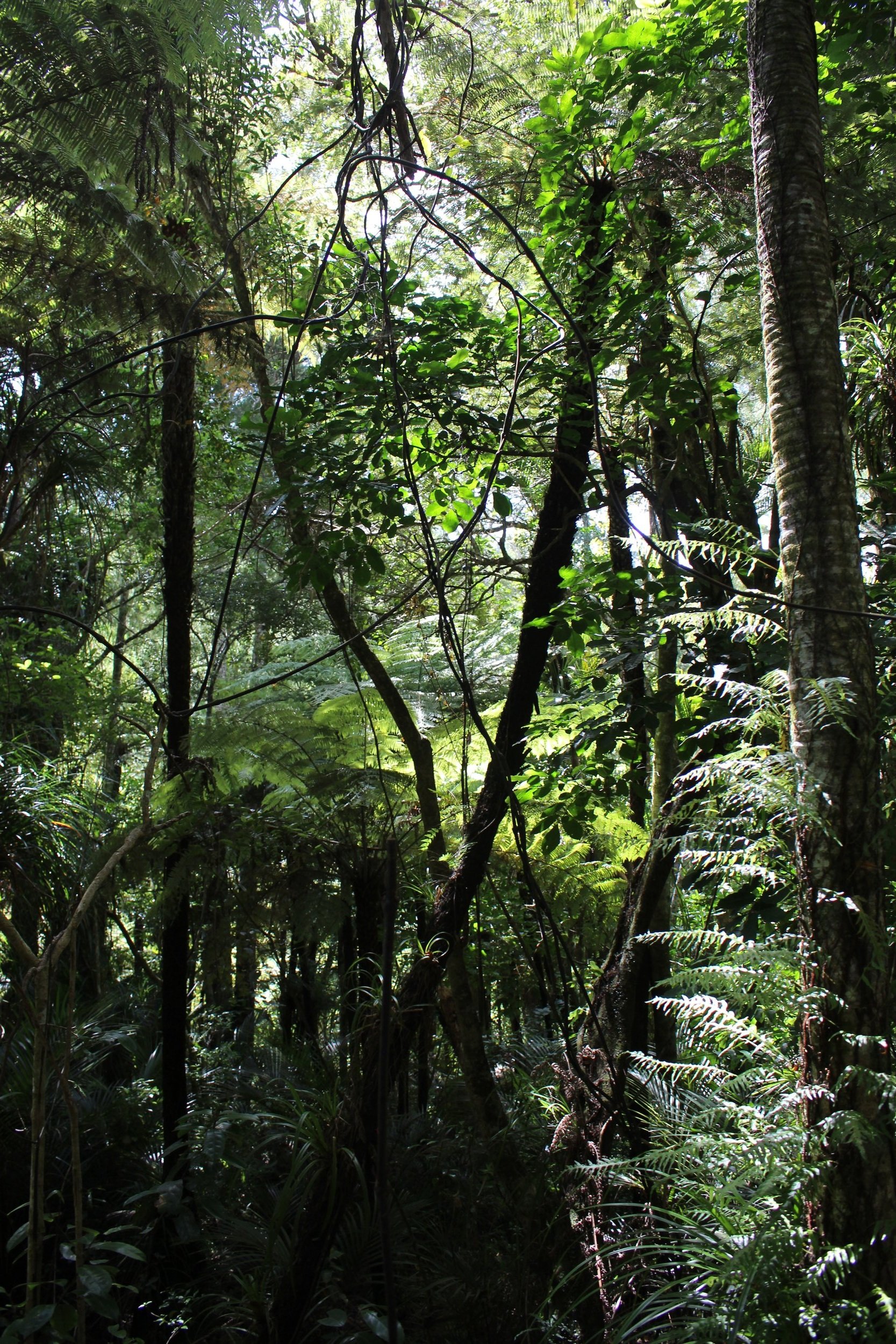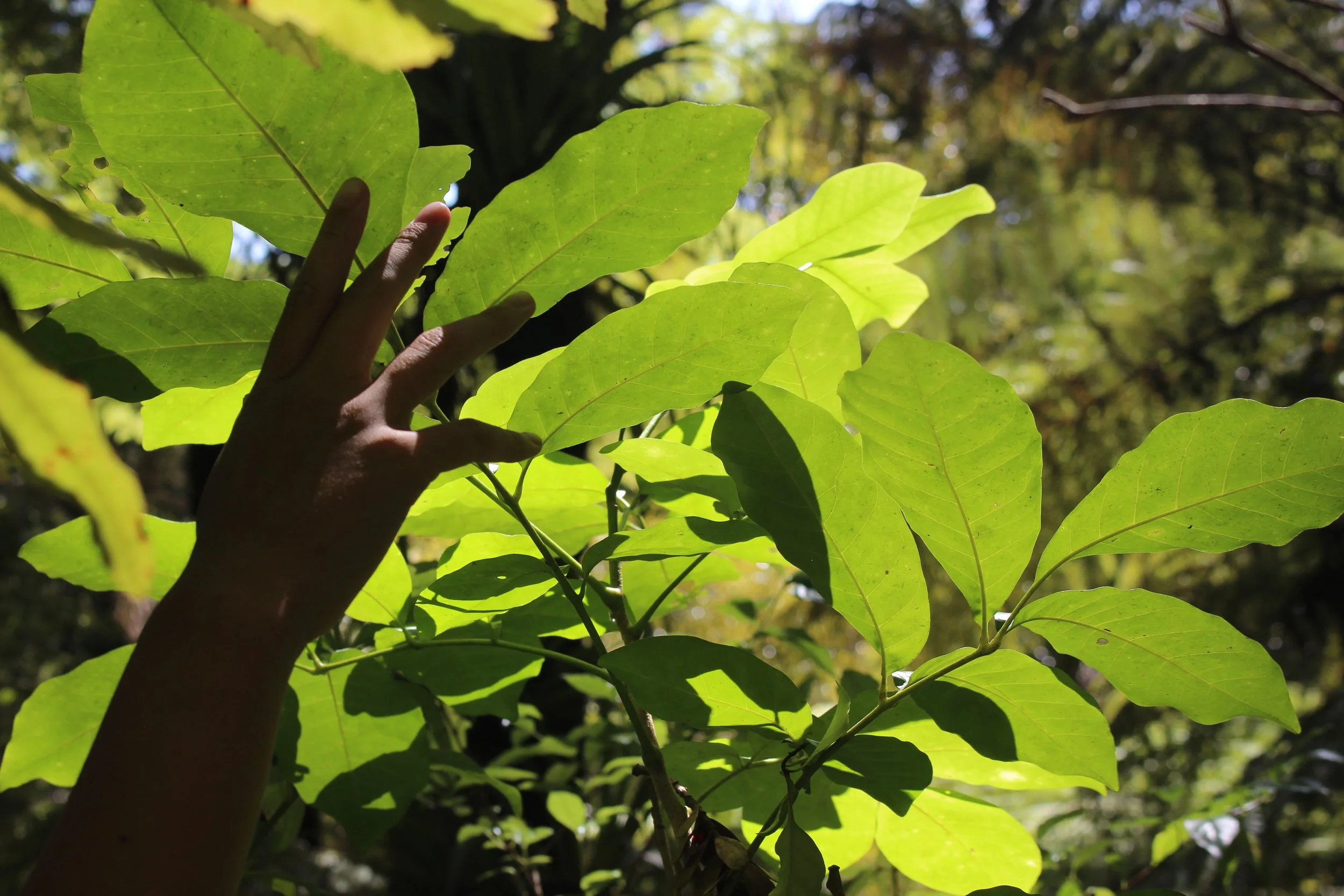Your body holds its own wisdom—pause, listen, and let it guide you.
Your body holds its own wisdom—pause, listen, and let it guide you.

Welcome to the Intro to Practices page, where you can explore foundational Mauri Tau practices in a safe and accessible way. These introductory videos are designed to gently guide you into the practice, helping you reconnect with your body and settle into a state of ease and balance.
Take your time, move at your own pace, and experience how small shifts in movement can create profound changes in how you feel. When you’re ready to dive deeper, sign up for full access to an extended library of guided practices and resources.
TE TOTO O TE TANGATA HE KAI, TE ORANGA O TE TANGATA, HE WHENUA, HE ONEONE | WHILE FOOD PROVIDES THE BLOOD IN OUR VEINS, OUR HEALTH IS DRAWN FROM THE LAND AND SOILS
TE TOTO O TE TANGATA HE KAI, TE ORANGA O TE TANGATA, HE WHENUA, HE ONEONE | WHILE FOOD PROVIDES THE BLOOD IN OUR VEINS, OUR HEALTH IS DRAWN FROM THE LAND AND SOILS

Intro to Mauri Tau
Listen to a gentle kōrero to introduce Mauri Tau in preparation for practices below.
Te Reo Māori
English
Intro to sensing
This practice is audio track only and is more like a meditation, introducing the practice of sensing and listening to your internal environment and the movements and sensations you can experience. Learning to take notice and ‘tune in’ is what supports you to build a sense of safe connection for your body to experience. When the body feels safe, it can relax so when we approach experiencing our body with kind curiosity our body moves into a sense of ease. You can practice this here.
Note: if you find it difficult to sit still then start with a moving practice below or you can just take your time through this practice, pause when you need and get up and physically do something like walk outside or get a drink and then come back and pick up where you left off. And be kind to yourself with your own thoughts and self-talk.
Te Reo Māori
English
Te Hau ki hononga Ko Papa raua Ko Rangi
This practice works with the most natural and most ancient of movements, the movement of expanding and softening. We experience this every day through the movement of our breath. Engaging from our ngao we work with hau/breath to mirimiri your body and nervous system to settle it into a deep state of calm and bringing in the support and connection to our divine parents, Papatuānuku me Ranginui, to settle and steady us to allow us to drop deep enough inward to release and restore our systems gently. Great when your tired and need to gather some energy gently to keep going!
Chapters;
00:00 Kia Ora & Welcome
01:12 Karakia
03:03 Hau Practice First phase
08:40 Hau Practice Second phase
16:15 Hau Practice Third phase
Te Reo Māori
English
Tuakiritanga
This practice works with our tuakiri, or the container of our tinana, which holds our personhood. Our kiri, skin, is our largest organ, holding us at the threshold where our inner world meets the outer world, exchanging and breathing, releasing out and drawing in. From this surface layer we will gently unwind the tensions absorbed and held inward by softening our edges to arrive the body in its process of relaxing. Also great if you are tired and needing to refresh, it gets circulation going without overstimulating your nervous system while letting the body free up and be moved in a more creative way which energises you bringing you out of patterns of holding and controlling the body.
Chapters;
00:00 Kia Ora & Welcome
01:12 Karakia
03:05 Kiri Practice
Te Reo Māori
English
Manawa
This practice is for those times when your body is pumped up and busy or racing and anxious and when your needing to disperse any agitation or a build-up inside that needs to move out of your body safely. Its also good if your feeling heavy and stuck inside and need to shift whatever is resisting and holding. You can release as strong or gently as you want, just keep it focussed on your physical release and letting go of the energy out of your body and work with repetition to soothe, release and tire the body. I like to see this process as giving a koha back out to Rangi or Papa, giving them any excess from my day, as they will use it for something good.
Chapters;
00:00 Kia Ora & Welcome
01:12 Karakia
03:05 Pulse Practice
Te Reo Māori
English
MAI I TE KŌPAE KI TE URUPA, TĀTOU AKO TONU AI | FROM THE CRADLE TO THE GRAVE, WE ARE FOREVER LEARNING
MAI I TE KŌPAE KI TE URUPA, TĀTOU AKO TONU AI | FROM THE CRADLE TO THE GRAVE, WE ARE FOREVER LEARNING
Guidelines
Kia manaaki: Support yourself with care
Be kind to yourself as you begin. I always say I have only 3 tikanga in these practices; allow joy, permit ease and bring curiosity. If you uphold these, good things will flow. For the body to learn, for the body to change and recognise change to relax and release, it takes time. That's not a bad thing, it's just how it is. So be kind and encouraging to yourself as you take time to practice and work on making change inside your bodies.
Kia Manawanui: Be patient
Start where you are at and work from there steadily. Some will fall into the practices easily, some will find it different, awkward, maybe uncomfortable. It’s to be expected and that’s ok, especially if you aren't used to moving freely. It also doesn't mean anything bad, it just means you're introducing something new to yourself, and that uncomfortable feeling will pass once you practice a few times and it becomes more familiar and that initial tension and resistance that comes up when we step into a sense of the unknown passes.
Kia kaha: Stay strong
Stay steady in your commitment to learn and discover, to bring what you know while you open to what you don't yet know but want to receive and are asking for. And this happens through practice, through repetition to deepen what we experience and understand. Keep yourself safe while you also open up, let go and expand into new experiences and understandings of yourself so that you can learn how to move in all the ways you want in yourself and in your world.
While these resources are designed for you to practice in the comfort and privacy of your own environment I also suggest doing them with a small group of friends.
I also suggest to take time for reflection; journal, take notes, do something creative with your hands to process what you're experiencing, noticing and learning as your practice evolves.
Lastly these practices are designed to support you to grow your sense of connection with your body so feel free to go with however your body wants to move. You aren't doing it wrong if you go off into your own movement. At the same time, these practices do create certain effects and are worth having an experience of when your body feels like it. Once you know the general practice you can also leave the videos and choose your own soundtrack to do them to, led by yourself, and continue growing your own practices with your own body. That's the goal!









